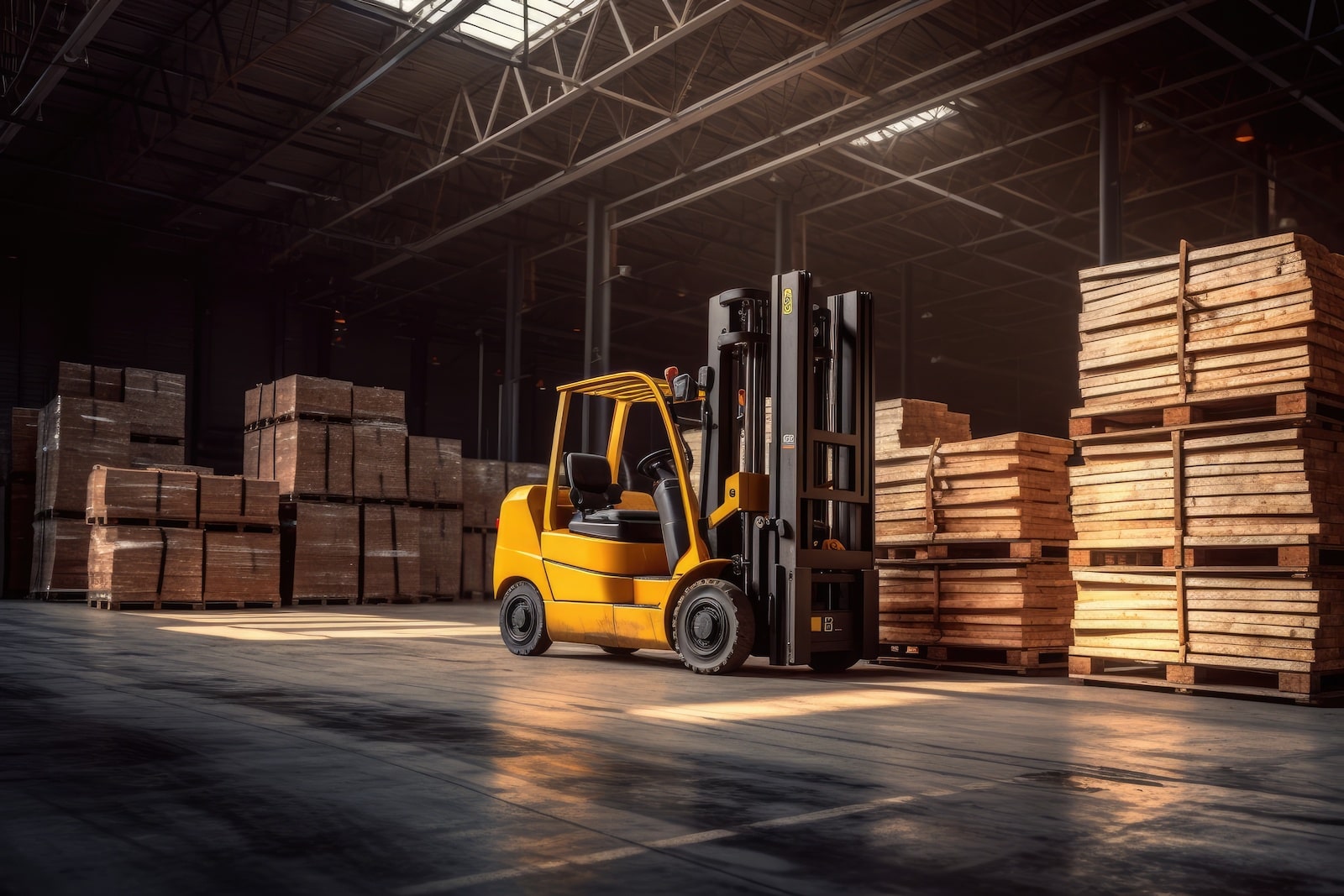The Role of Modern Pallet Racking in Today’s Supply Chain

Pallet racking systems have become one of the most important tools for efficient warehouse operations. What began as a simple wooden structure during the Second World War has evolved into a heavy duty steel framework capable of supporting thousands of pounds. These systems help modern warehouses and distribution centers move freight more quickly, protect product integrity, and maintain an organized flow from the moment inventory arrives until it reaches its final destination.
At Taddeo Logistics & Consulting LLC, we support companies across the United States, Canada, and Mexico by safely moving these systems through our specialized pallet rack transportation services. As an experienced Jacksonville based logistics company, we understand how important it is to deliver racking that is structurally sound, protected from damage, and ready for installation upon arrival.
Operating as both a freight partner and an LTL broker, we provide transportation routes that reach businesses of every size. Our partnership with GlobalTranz gives our clients access to a nationwide network of more than 75 high quality LTL carriers and a team of over 2,400 logistics professionals. This national reach, paired with our local Jacksonville expertise, allows us to handle pallet rack shipments with accuracy and dependable scheduling.
Why Pallet Racking Systems Matter in Modern Operations
Warehouses throughout Florida and across North America rely on pallet racks to organize goods into safe unit loads. By lifting products off the floor, pallet racks reduce congestion, shorten travel paths for forklifts, and improve access to fast moving inventory. The systems also create a more secure environment, reducing the risk of damage by keeping freight in clearly designated spaces.
From the first stage of receiving to the final stage of outbound shipping, pallet racking helps teams work faster and safer. Jacksonville companies that handle grocery items, home improvement materials, construction products, e commerce goods, and industrial components all rely on these structures to maintain accuracy and order. When combined with dependable pallet rack transportation, these systems allow businesses to maintain consistent productivity without interruptions caused by damaged or delayed equipment.
Key Advantages of a Properly Planned Racking System
Businesses gain several operational benefits when pallet racking is built, organized, and transported with care. Reduced loading and unloading time is one of the first improvements most Jacksonville warehouses notice. With clearly marked lanes and organized rows, teams spend less time searching for product and more time fulfilling orders.
The enhanced use of vertical space is just as important. Compacting goods into organized rack positions helps avoid scattered floor pallets and reduces the likelihood of product loss. As companies grow and inventory volume increases, a structured storage plan becomes even more valuable.
Safety and product protection play a major role as well. Properly installed racks prevent cartons or pallets from shifting, allowing machinery operators to move through aisles without unnecessary risk. Good visibility also supports inventory control by helping staff keep track of stock levels without repeated counting or manual searching.
All of these improvements help lower handling and labor costs, which makes pallet racking one of the most cost effective upgrades for both small and large operations. When paired with safe and dependable logistics support, businesses can keep inventory flowing smoothly without disruptions. Our team ensures that racks arrive safely no matter the distance through our specialized transportation solutions.
Types of Pallet Racking Systems Available
The versatility of pallet racking is one of the reasons it is used in nearly every industry. Systems can be customized by size, structure, and load capacity, creating a tailored solution for each warehouse layout. Although many designs share standard measurements to work with forklifts and pallet jacks, the choice of system depends largely on inventory style, turnover rate, and available floor space.
Below are the most common options we transport and support:
- Selective Pallet Racking works well in facilities with a wide variety of SKUs. It provides direct access to every pallet, making it ideal for high turnover operations.
- Drive In and Drive Through Racking accommodates large volumes of identical products. Forklifts enter the system to load or remove pallets, which is efficient for bulk storage.
- Push Back Racking uses nested carts that move along inclined rails. As new pallets are added, the previous load moves backward, creating dense storage for similar items.
- Pallet Flow Racking relies on gravity to move pallets from the loading side to the discharge side. This design is ideal for first in, first out inventory strategies and faster picking.
- Cantilever Racking is the preferred choice for long or irregular items such as lumber, pipes, and sheet goods. The open front design makes loading simple.
- Double Deep Racking places pallets two deep in each lane. This style increases storage density while limiting the number of aisles needed.
- Mobile Racking involves motorized bases that slide on floor rails. It is often used in cold storage or high value storage areas where maximizing space is a priority.
- Mezzanine Racking expands warehouse space by adding an elevated platform above existing racks. It is effective for facilities with unused vertical clearance.
- Carton Flow Racking uses rollers or wheels to move individual cases from the loading side to the picking side. It is ideal for pick and pack operations with frequent order changes.
Each of these systems has its own strengths. By selecting the right structure and combining it with proper freight planning, businesses can maintain a safer, more efficient, and more productive warehouse environment.